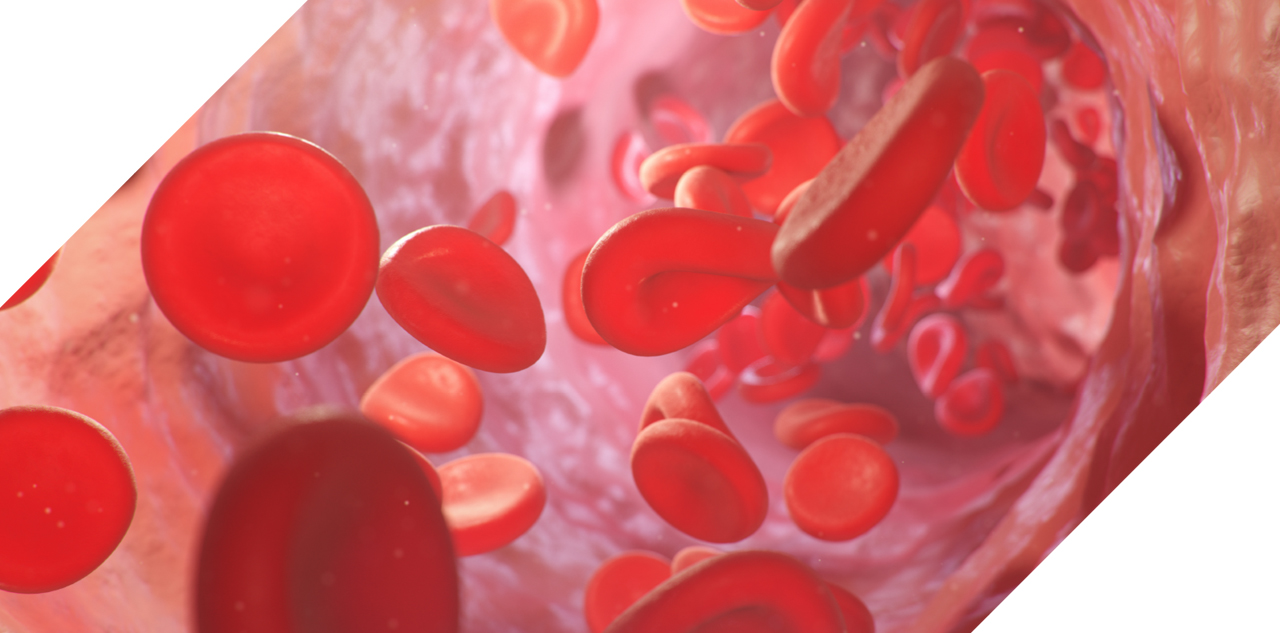Peripheral Artery Disease (PAD) Procedures
Peripheral artery disease (PAD), also known as peripheral vascular disease, is a condition characterized by the narrowing or blockage of the arteries that supply blood to the extremities, such as the arms, legs, and feet. Caused by atherosclerosis, which is the build up of plaque in the arteries, leading to reduced blood flow.

What you need to know
- Pain, cramping, or fatigue in the muscle of the legs or buttocks during physical activity. This pain subsides with rest and returns when the activity resumes.
- Some individuals with PAD may experience numbness, weakness, or a tingling sensation in the affected limb, particularly in the legs or feet.
- The affected limb may feel cold to the touch and skin may appear pale or blueish.
- Due to reduced blood flow, wounds or ulcers on the legs or feet may heal slowly or not at all.
- Weak or absent pulses in the affected limb.
- Erectile dysfunction due to reduced blood flow to the genital area.
- Lifestyle modifications, such as quitting smoking, exercising regularly, and adopting a healthy diet.
- Medications may be prescribed to manage symptoms, lower cholesterol, control blood pressure, or prevent blood clots.
- Minimally invasive options such as angioplasty or stenting may be needed to improve blood flow
- In some cases surgery may be necessary to restore blood flow
Once the catheter is in position, a small balloon is attached to the tip of the catheter and inflated. The inflation of the balloon creates pressure against the plaque or blockage, compressing it against the artery walls and widening the artery. This process is known as balloon angioplasty.
The inflation of the balloon may be repeated several times to fully open the blocked or narrowed artery. The highly skilled interventionalists at Clarity Care may also use a technique called atherectomy in which a device is used to remove the plaque or blockage from the artery.
In some cases, a stent may be placed during an angioplasty procedure. A stent is a small mesh tube that is inserted into the artery to help keep it open. The stent is typically placed at the site of the blockage after the balloon angioplasty, and it remains in place permanently, providing support to the artery and preventing it from narrowing again.
Following the procedure, the catheter is removed, and pressure is applied to the insertion site to prevent bleeding. The patient is usually monitored for a few hours before being discharged.
The effectiveness can vary depending on several factors, including the severity and location of the blockage, the overall health of the individual, and their response to the procedure. In some cases, the artery can narrow or become blocked again over time, requiring additional procedure or interventions.
Angioplasty is also typically recommended as part of an overall procedure plan for PAD, which may include medication, lifestyle modifications, and medical management.
Schedule an appointment?
LET'S GET STARTEDVisceral Angiography & Interventions
Visceral angiography is a diagnostic procedure that involves the use of X-ray imaging to visualize the blood vessels that supply the internal organs of the body, such as the liver, kidneys, and intestines. It provides detailed information about the blood flow, blockages, narrowing, or abnormalities within these vessels.

What you need to know
Visceral interventions can include:
- Angioplasty: In this procedure, a small balloon attached to a catheter is inflated to widen a narrowed or blocked blood vessel. The balloon is then deflated and removed, leaving the blood vessel open.
- Stenting: A stent, which is a small, mesh-like tube, may be placed in the narrowed or blocked blood vessel to help keep it open. The stent is inserted using a catheter, and once in position, it expands to provide support and maintain blood flow.
- Embolization: This procedure involves intentionally blocking off a blood vessel to stop bleeding or reduce blood flow to a specific area, such as in the case of a tumor or abnormal blood vessel growth.
- Arterial blockages: When there is a narrowing or blockage in the arteries supplying the organs, it can lead to reduced blood flow and organ damage.
- Aneurysm: An aneurysm is a weak and bulging area in the wall of a blood vessel. If left untreated, it can cause life-threatening bleeding.
- Vascular tumors: Some tumors, such as hepatocellular carcinoma (liver cancer) or renal cell carcinoma (kidney cancer), may have an abnormal blood supply.
- Gastrointestinal bleeding: Visceral angiography can be used to identify the source of gastrointestinal bleeding when other diagnostic methods have been ineffective.
- Organ transplants: Used before or after an organ transplant, visceral angiography can identify issues that may require intervention.
As always, it is important to discuss the risks and benefits of procedure with the highly trained healthcare providers at Clarity Care who specialize in vascular conditions. They can help you weigh the risks against the benefits and determine the most appropriate procedure approach for your individual needs
Schedule an appointment?
LET'S GET STARTED
Care that covers Kansas City communities in Kansas & Missouri.
The Clarity Care Imaging & Specialty Care office is conveniently located at 9040 Quivira Road in Lenexa, Kansas. Our center is just north of Oak Park Mall with easy access from much of the Kansas City area including Overland Park, Olathe, Shawnee, Merriam, Mission, Leawood and Prairie Village.



